Last updated on December 6th, 2022 at 12:28 am
The good. The bad. The ugly — the total compass for humanity’s action. While history is replete with note-worthy actions and events that have positively shaped our lives, we must also note the fact that there are events that have also affected us one way or the other in less favorable manners. Diseases and war have tainted our world, and it is only right to reflect on these events because, as George Santayana quipped: “those who do not learn history are doomed to repeat it.”
Therefore, in this article, we will highlight the various historical events that have been touted through nature or man as the worst historical events to live through.
The HIV/AIDS Epidemic
Another epidemic that ravaged the world began in 1981 when doctors started noticing and reporting strange cases of rare types of pneumonia and cancers, mostly among gay men.
These cancers were rampant in locations such as New York and California and, soon enough, were found to be present in blood transfusion recipients as well as intravenous drug users. By 1982, the Center for Disease Control and Prevention (CDC) found a name for the disease: Acquired Immunodeficiency Syndrome or AIDS.
After extensive research had been carried out, doctors and medical researchers soon discovered the virus responsible for AIDS in humans. However, doctors were struggling with the damaging symptoms of the disease to the patients.
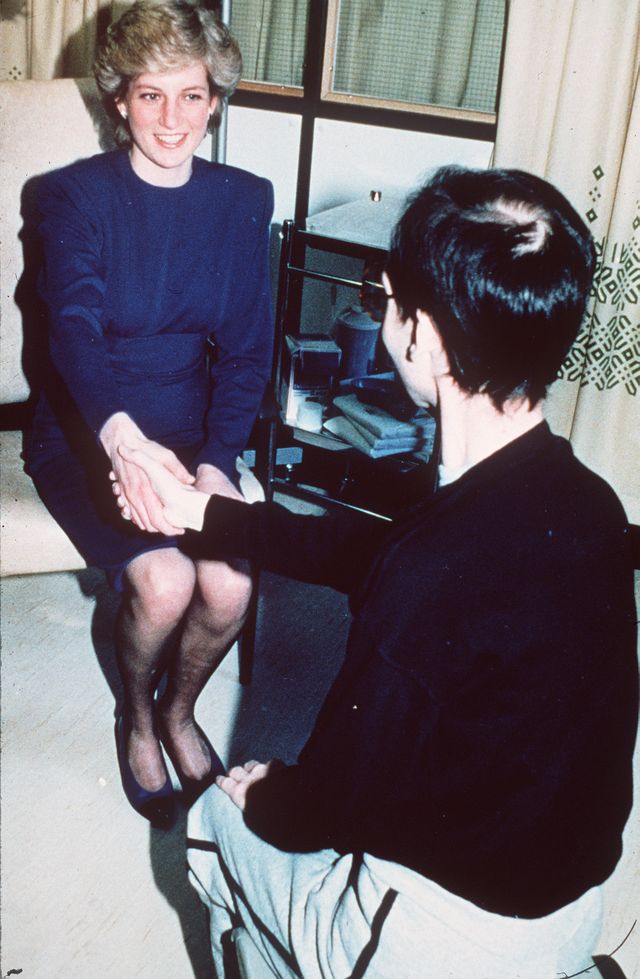
These symptoms included painful sores, rapid weight loss, and vulnerability to some of the most fatal cases of pneumonia ever recorded. In 1995 when the epidemic peaked, AIDS took more than 50,000 American lives yearly.
The late 1990s saw deaths due to AIDS plummet drastically due to the various safe sex campaigns and antiretroviral therapies. Historians claim it took roughly 750,000 lives in the US during the 30 years of the epidemic. Worldwide, around 40 million people lost their lives.
World War II
The Second World War is undoubtedly one of the worst events to have happened on earth, involving more than 100 million personnel spanning about 30 countries.
For six years, these countries fought against each other under two major factions: the Allies and the Axis powers, employing all economic, scientific, and industrial capabilities to ensure victory on either side.
Being the deadliest conflict ever known to man, the war claimed between 70 million and 75 million lives. Most of the lives claimed were mere civilians.
The causes of WWII are still debatable to this day, but many historians and researchers have generally agreed that a lot of factors contributed to the second world War. These factors included the Second Italo-Ethiopian War, the Spanish Civil War, and the Second Sino-Japanese War, amongst others.
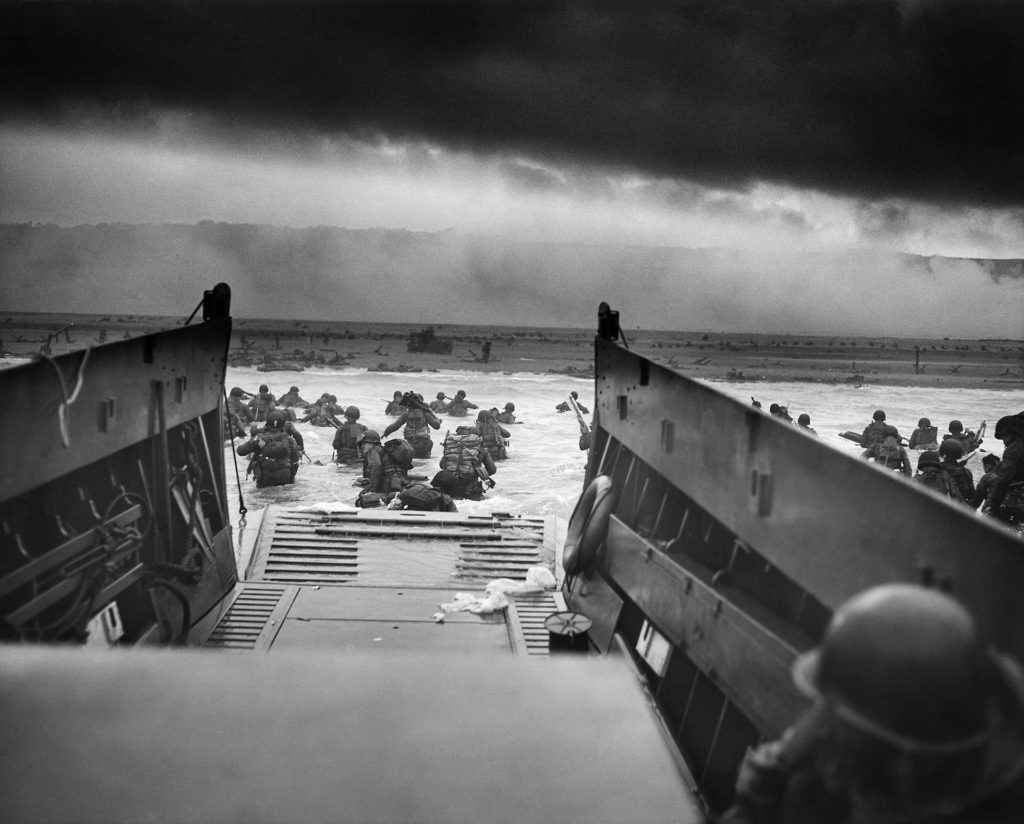
The aftermath of this event was so catastrophic that it ended the League of Nations, which was formed in 1919 and established the United Nations in 1945.
The United Nations was created to prevent future conflicts, which the League of Nations failed to do. It was also created to boost international cooperation among countries. This war also signified the beginning of the Nuclear Age, as many countries diversified their military capabilities with many nuclear weapons.
World War I
Ironically dubbed the “War to End All Wars”, WWI was the precursor to the Second World War, with the global conflict lasting between 1914 to 1918.
This war is considered one of the deadliest conflicts in history, with over 9 million soldiers killed in military combat and another 23 million wounded. More than 5 million civilians were killed due to several factors —be it military action, hunger, and diseases.
With the war occurring between countries of Europe, the Russian Empire, the United States, and the Ottoman Empire, the Middle East, Africa, and even parts of Asia, WWI began to come to an end in late 1918, when the Central Powers —which comprised Germany, Austria-Hungary, the Ottoman Empire, Bulgaria, and others— began to collapse.
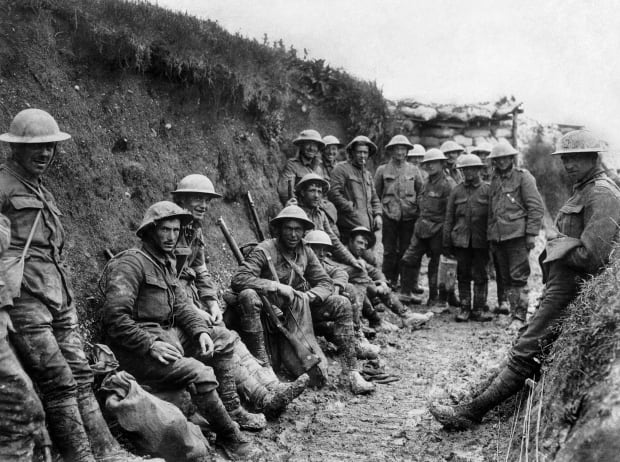
Bulgaria signed an armistice which was followed by the Ottoman Empire and then Austria-Hungary. After the German Revolution leader, Kaiser Wilhelm, found himself isolated on the war front, he fled the country, and Germany signed an armistice on the 11th of November.
The war also signified the end of various empires, including the dissolution of the Russian Empire in 1917, the German Empire in 1918, the Austrian-Hungarian Empire in 1920, and the Ottoman Empire in 1922.
This directly led to the formation of independent states, including Poland, Yugoslavia, and Czechoslovakia.
Japanese War Crimes
Dubbed the “Asian Holocaust,” the empire of Japan committed many atrocities and war crimes in various Asian-Pacific countries, mainly during the Second Sino-Japanese and Pacific Wars.
Under the reign of Emperor Hirohito, the Imperial Japanese Army (IJA) and the Imperial Japanese Navy (IJN) committed numerous war crimes that led to the death of millions of people.
Historical accounts claim that the figures hovered between 3 to 30 million people, either through starvation, human experimentation, massacre, or forced labor that were either directly or indirectly perpetrated by the Japanese forces and its government.
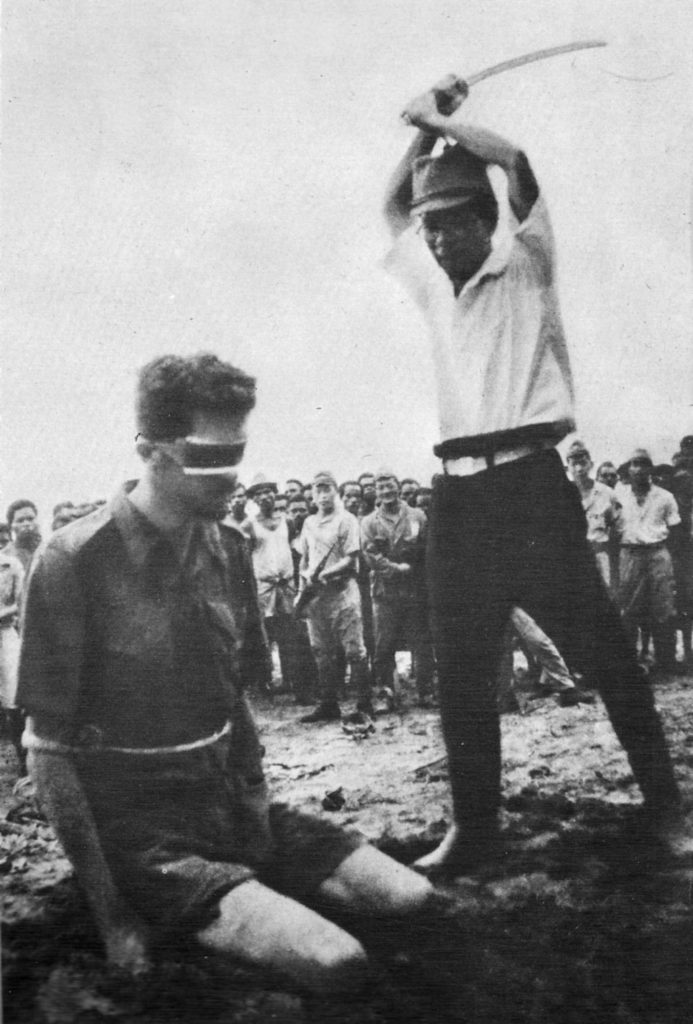
The aftermath of the war was so disastrous that senior Japanese officials, such as Shinzo Abe and Junichiro Koizumi, have both prayed to the controversial Yasukuni Shrine, which honors all Japanese who died during the war.
Further, top government officials of the Japanese government have continued to tender apologies since the 1950s over the atrocities committed, especially during the IJA’S forceful entrance into Nanjing, which saw the Japanese soldiers rape and loot civilians.
The background of this war stems from various issues, ranging from militarism to racism to nationalism. The quest for the expansion of Japan’s Imperial reign over many territories was the major driving force behind the country’s conduct before and during the Second World War.
At the time of the so-called “Age of Imperialism,” Japan followed the trail of other world leaders to establish colonies.
Although, after the war had ended, many convicted criminals were detained across many prisons in Europe and Asia. Various executions were still outstanding as Allied courts began to revisit many verdicts against these criminals, mitigating most of the sentences.
The 1906 San Francisco Earthquake and Fire
At 5:13 am on the 18th of April, 1907, Northern California was rudely awakened by a massive earthquake that occurred 296 miles from the San Andreas fault.
The violent earthquake lasted between 45 to 60 seconds, leading to the collapse and destruction of various buildings in San Francisco, including the City Hall. Even more terrifying were the aftershocks of the earthquake and the fires that erupted from the aftershocks.
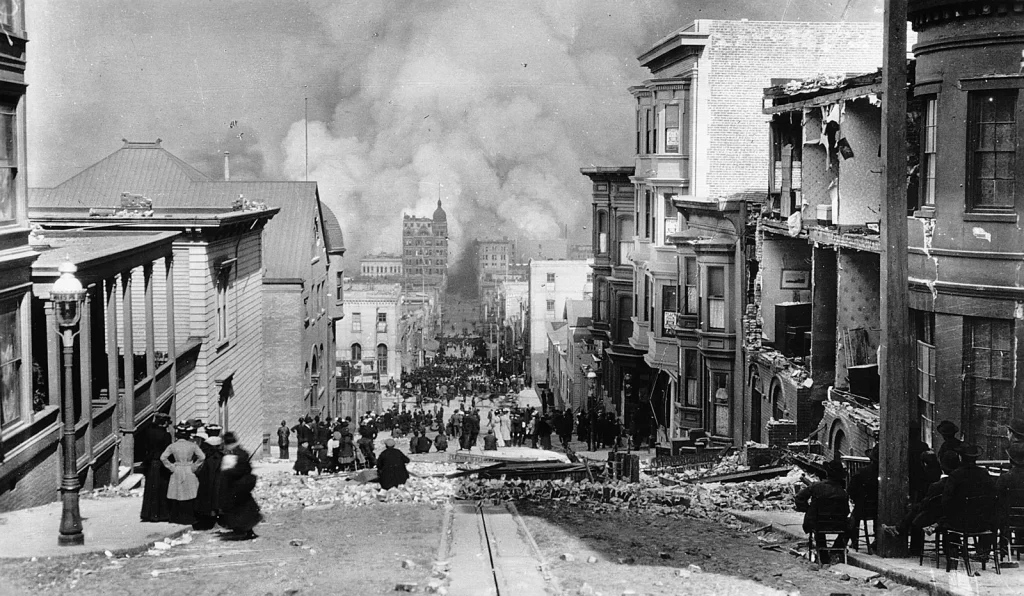
At that time, San Francisco accommodated roughly 400,00 people in hastily built buildings primarily made from wood and bricks. After the earthquake and its aftershocks, more than 3,000 people died from the incident, leaving more than 200,000 residents homeless.
Great Chinese Famine
During 1959 and 1961, the People’s Republic of China suffered three intense years of great famine, widely regarded as one of the deadliest and greatest man-made disasters in humanity.
With the death toll ranging between 15 to 55 million, the famine severely affected many provinces within China, including Anhui, Chongqing, Hunan, Sichuan, and Guizhou.
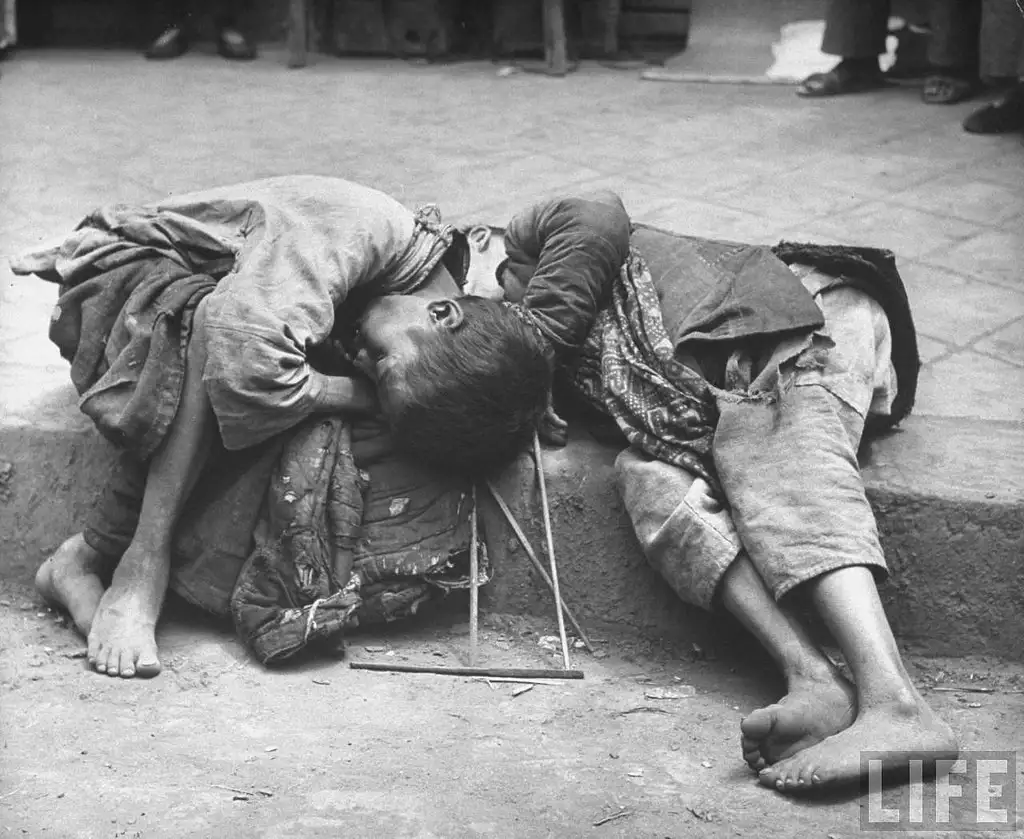
Several factors significantly caused this famine, including the inefficient distribution of food within China’s economy, the use of poor agricultural techniques, as well as the over-reporting of the production of grain within the country. These factors caused ripple effects across the country, such as causing millions of farmers to move into iron and steel production.
The then-president of China, Liu Shaoqi, officially traced 30% of the famine to natural disasters, while 70% were man-made errors.
The Vietnamese Famine of 1945
Finally, one unfortunate historical event that shook the world was the Vietnamese famine that concurred in 1945. This severe food shortage occurred within Northern Vietnam in French Indochina between late 1944 and 1945, with the Second World War in its dying embers.
During this time, 400,000 to 2 million were estimated to have suffered starvation, ultimately leading to their deaths.
According to a study carried out in 2018, the primary causes of the famine included natural disasters such as typhoons that directly impacted food availability, causing an acute shortage.
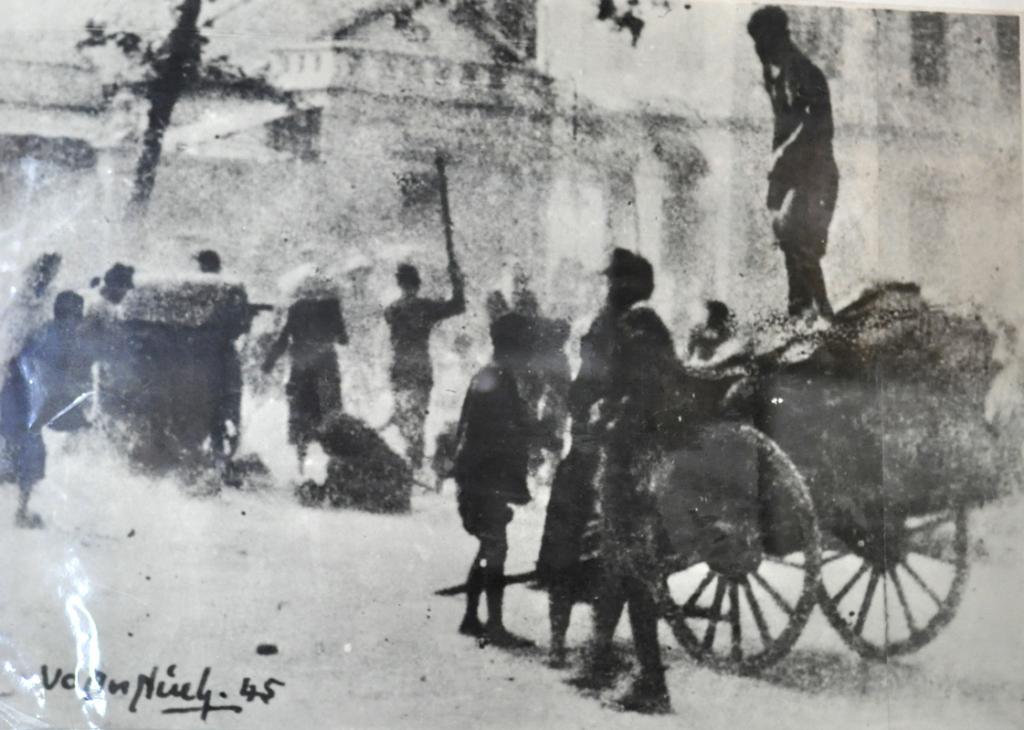
Japan also occupied the area as a puppet government for Nazi Germany in Western Europe. Therefore, the Second World War had one of the most direct impacts on the famine.
In 1944, after the supply of coal to the French and Japanese had been cut off by U.S. bombing, both French and Japanese forces began to use rice and maize to fuel the power stations.
This war, together with the economic policies, had systemically cut the Vietnamese people from having any access to the efficient distribution of food supply.
Those Who Do Not Learn History Are Doomed To Repeat It
It is important that we reflect on these events that may have seemingly paused the day-to-day operations of human activities, not to facilitate their recurrence but to ensure vital lessons are learned and to ensure that these events are not repeated. With the creation of various organizations like the U.N. and the Food and Agricultural Organisation (FAO), the world is primed to prevent such recurrence of events.

